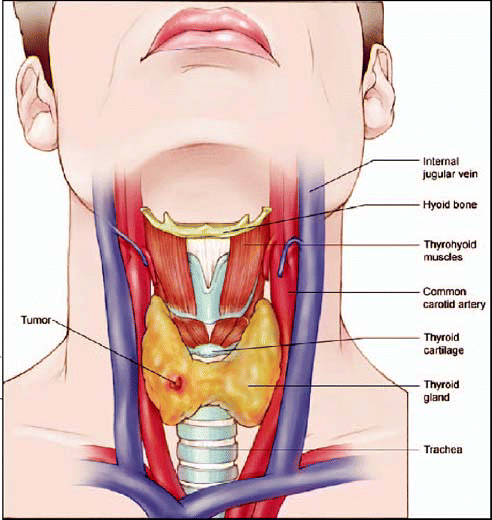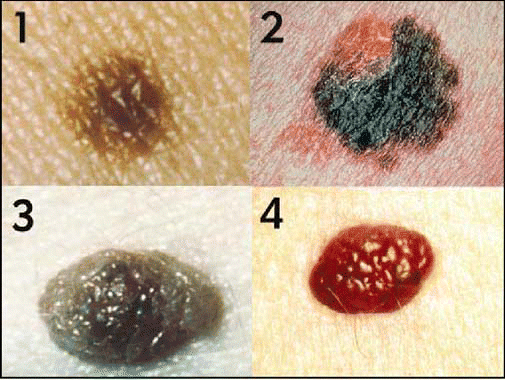The incidence of thyroid cancer is increasing rapidly in the United States and the past few years have seen dramatic shifts in the management of papillary and follicular thyroid cancer.



For years, radical surgery was the only treatment for head and neck cancer (HNSCC).

Gene therapy as a treatment for cancer has advanced from the theoretical to the possible: in a pilot study published in August in the journal Science, investigators reported that two of 17 patients with advanced melanoma responded to a treatment known as genetically engineered therapy.


A committee of the Institute of Medicine (IOM) here has concluded that there is enough scientific evidence to state that exposure to asbestos causes cancer of the larynx.


After a hiatus associated with a checkered past, gene therapy is again showing promise in several fields of medicine, and otolaryngology is no exception.

Recurrent respiratory papillomatosis (RRP) begins with a pretty small virus, relatively speaking, but it can lead to some pretty big problems for both the patient and the treating physician.


Consider this: Over the past two decades, data from both the Surveillance, Epidemiology, and End Results (SEER) program and the National Cancer Database indicate that the survival rates for patients with laryngeal cancer have decreased.